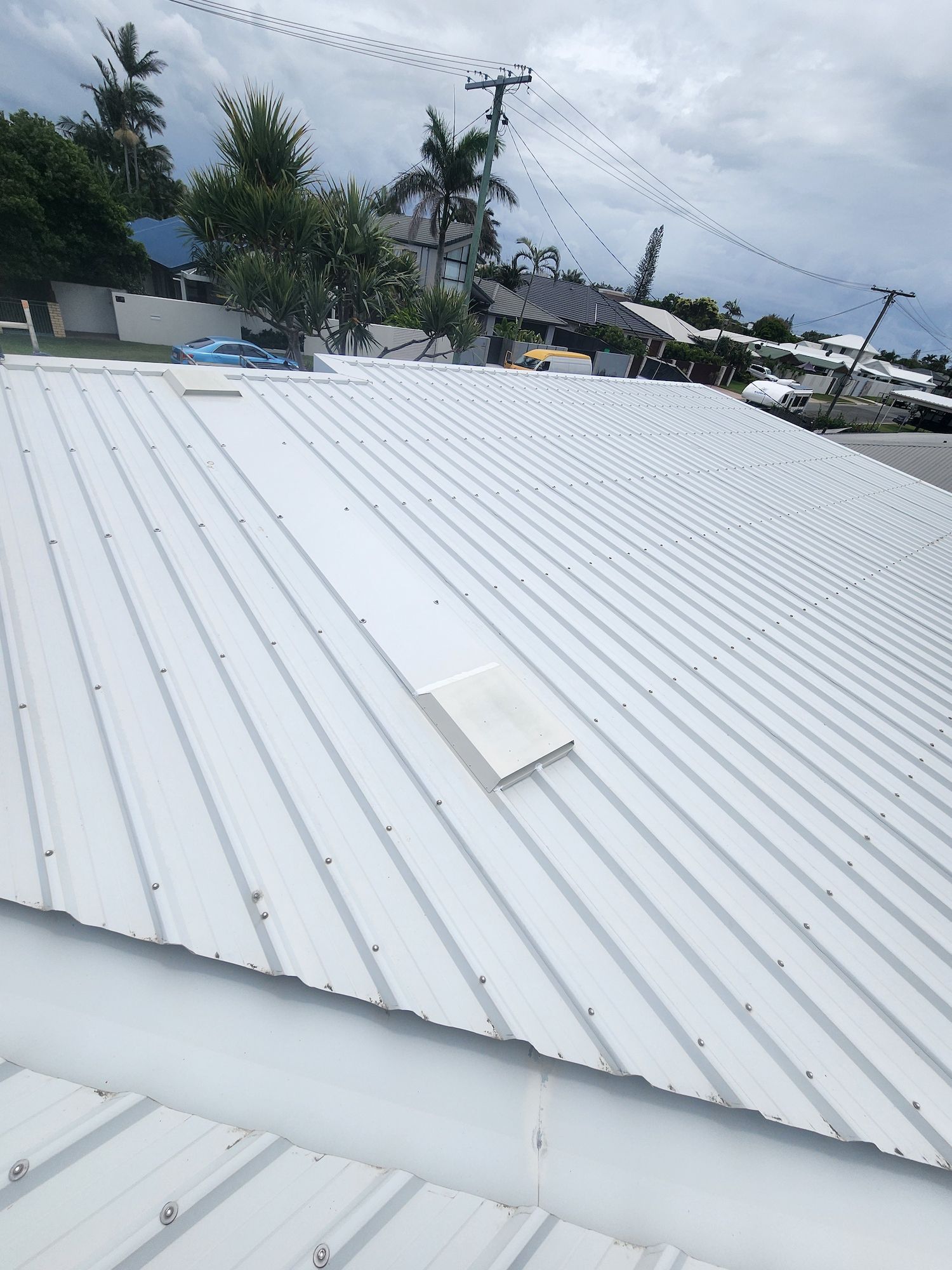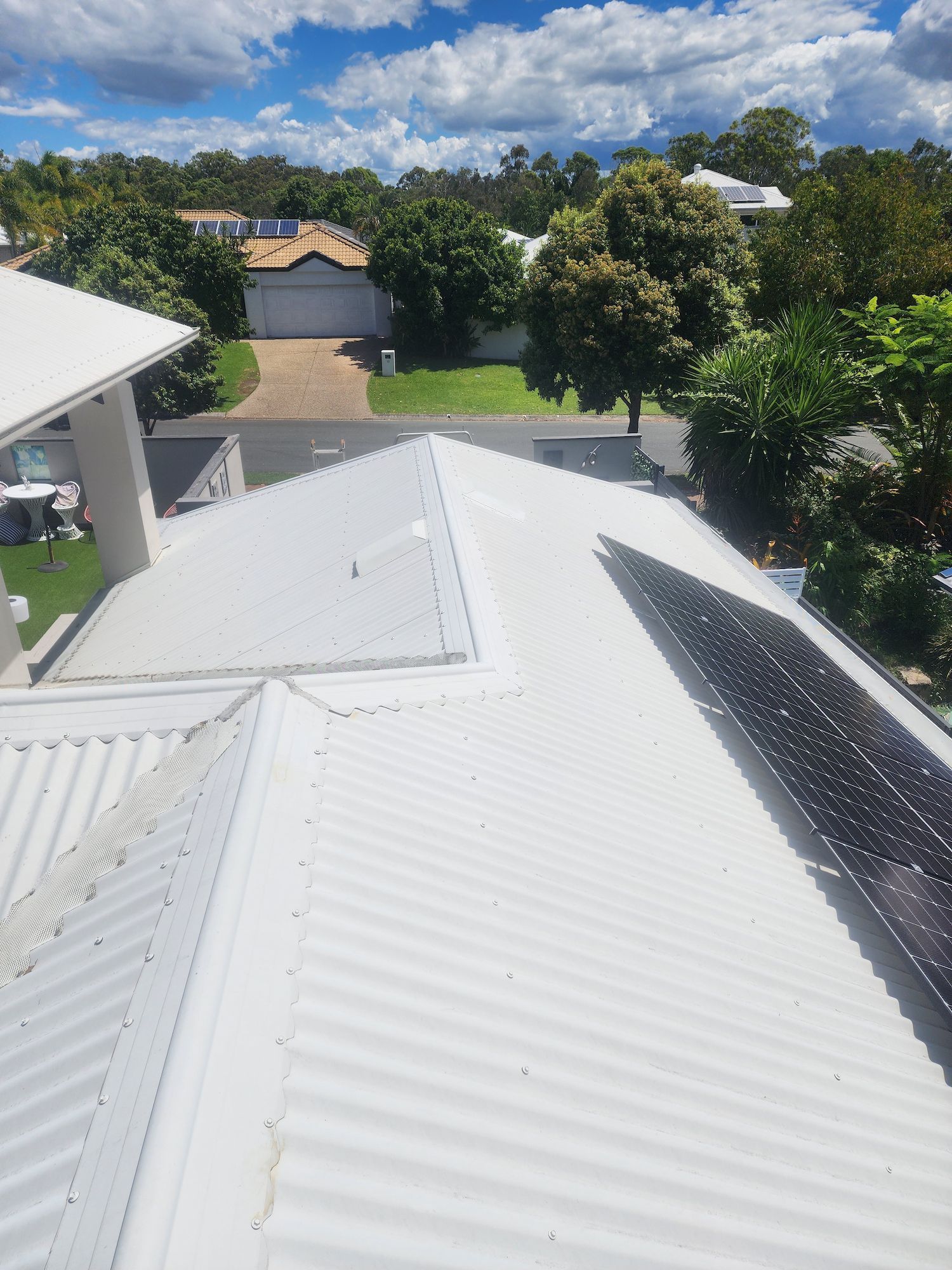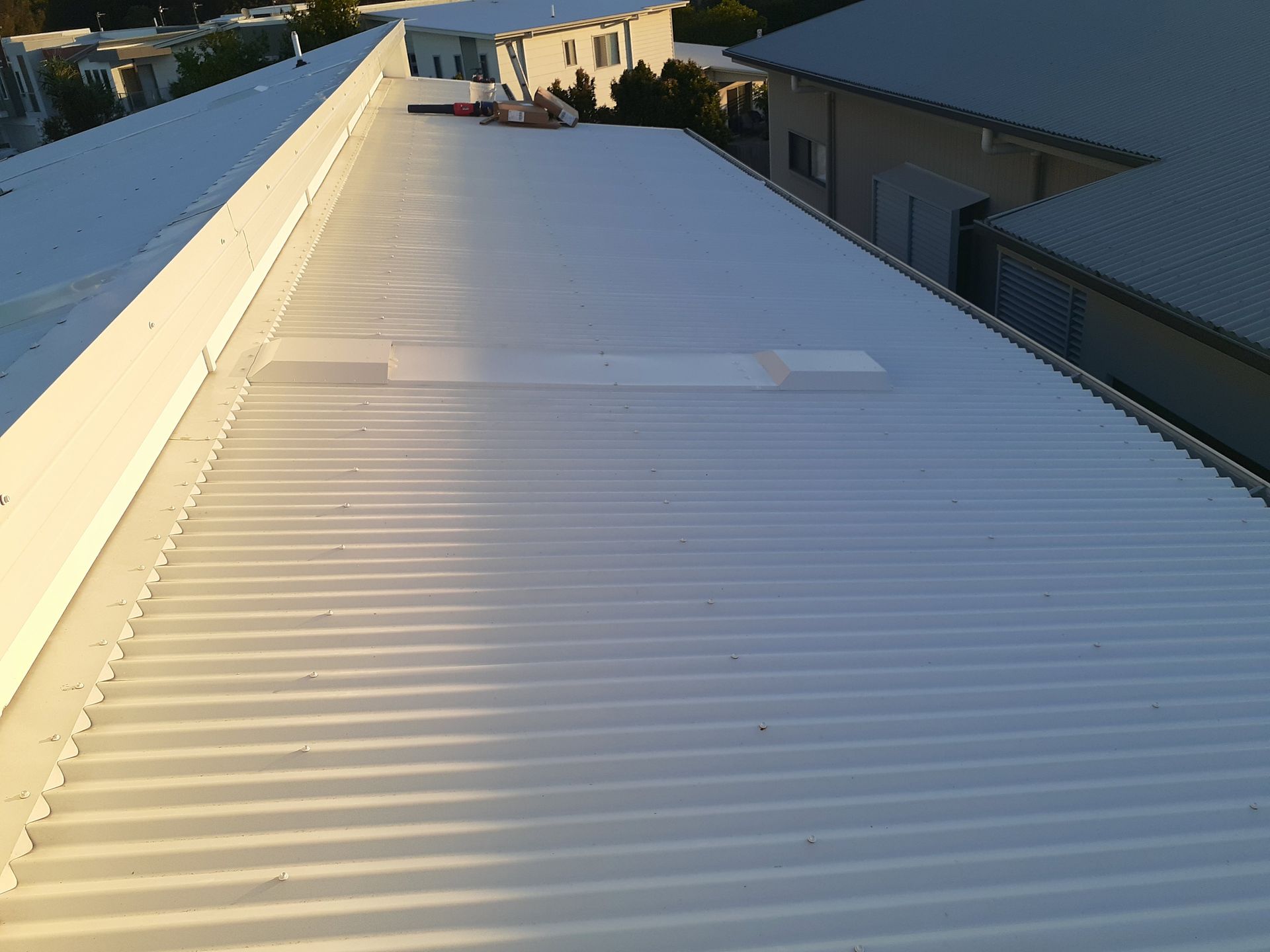Roof Ventilation that Works on the Sunshine Coast
Let's Compare Other Roof Ventilation Options
The principles of ventilation are simple: Air in, Air out. To properly ventilate a roof cavity, you need intake vents to allow fresh air into the roof space and exhaust vents or outlets to allow air to exit the roof space.
Without proper airflow, heat and moisture can become trapped, leading to issues such as mould, condensation, and increased energy costs. Selecting the right combination of intake and exhaust vents is crucial for ensuring effective ventilation and maintaining a balanced roof environment.
Proper ventilation not only improves indoor comfort but also extends the lifespan of your roof by preventing long-term damage caused by trapped heat and moisture. Whether you’re in Canberra or the Sunshine Coast, a well-ventilated roof cavity ensures year-round energy efficiency and a healthier living space.
Ready to upgrade your home with efficient roof ventilation? Call Vent Wise Sunshine Coast 0415 112 807 or Vent Wise Canberra 0461 315 592 today to learn more and get a free quote.
Install Our Superior Roof Ventilation Systems Today
Universal Roof Vents
A pair of vents creating systems which are balanced with inlets and outlets of the same volume on the roof covering.
- No need to cut or drill eaves
- Suitable for most roof tile & C/bond profiles
- They have no moving parts, use no energy
- Australian manufactured & invented for our harsh conditions
- Powered only by natural convection currents, air flow currents & the venturi effect
- Sleek low profile appearance, will never leak or blow out
- Air-conditioning & heating costs are significantly reduced
- Made from strong 0.55 zincalume coated BlueScope steel laser cut to perfect accuracy
- The systems look great & work even better
The amalgamation of an intake vent in connection with an exhaust vent allows for a very effective roof ventilation system. The purpose is to balance the temperatures inside and outside the roof space 24/7. Proper roof ventilation is a very important element of roofing. Effective roof ventilation can extend the life of the roofing material in the roof.
Roof vents undoubtedly play a crucial role in cooling your home, but it's indirect. While they don't actively blow cold air like an air conditioner, they work to regulate the temperature in your roof space, which ultimately impacts the overall comfort level of your living areas.
Consulting with a qualified roofing professional or ventilation specialist can provide personalised guidance and ensure you choose the most suitable roof ventilation solution. Most of the manufacturers of ventilation products in Australia fail to get the simple principle “Air in, Air out”.
Choosing the Right Roof Ventilation System
When choosing a roof ventilation system, it’s important to compare the available options to find the right fit for your home. Different systems, such as eave vents, solar fans, ridge vents, and universal roof vents, offer varying levels of efficiency, performance, and cost.
Here’s a quick comparison of key features:
- Efficiency: Universal roof vents and ridge vents provide consistent airflow without reliance on wind or power.
- Maintenance: Solar fans have moving parts that may require occasional upkeep.
- Aesthetics: Ridge vents and universal vents offer low-profile designs that blend seamlessly with your roof.
- Power Use: Solar fans rely on sunlight, while other systems use natural airflows, resulting in no ongoing energy costs.
For personalised advice and expert installation, contact Vent Wise today and transform your home with a reliable roof ventilation system.
How Do They Work?
For Colorbond roofing, two outlets are cut, or two roof tiles are removed (where required) on opposing sides of the roof.
Vents are then installed to cover the outlets, allowing hot air and moisture to escape from the roof cavity. This system creates both an inlet and an outlet, ensuring continuous airflow. Depending on your roof size, multiple inlets and outlets may be required.
These systems function based on three scientific principles: convection currents, airflow currents, and the Venturi effect, which are briefly explained below.
Natural Ventilation in Action
The system allows free air movement to enter either ventilator, while hot, stale air is expelled. In winter, it helps push out trapped cold air, maintaining a balanced ceiling space temperature that aligns with the outdoor climate all year round.
Designed for Harsh Conditions
Our vents are designed with extreme weather conditions in mind. Their aerodynamic shape allows high winds and storm cells to pass over them, making them ideal for high-wind and tropical cyclone areas.
The tapered design also prevents debris build-up, such as leaves or twigs, ensuring a clean, flush unit that only allows fresh air in and stale, moist air out.
Additionally, the vents conform to Bushfire Standard AS3959-2009, offering added protection for bushfire-prone areas.
Let Your Home Breathe Naturally
Natural ventilation is the most effective way to achieve proper roof ventilation. These systems:
- Have no moving parts
- Use no electricity
- Require no maintenance—ever
- Are powered only by nature
Energy Savings
Proper ventilation significantly reduces air conditioning and heating costs, as it prevents excessive heat build-up in summer and retains warmth in winter.
Air conditioning and heating costs are significantly reduced.
Scientific Concepts Described in Brief
Convection
Convective heat transfer
Natural or free convection
(Hot air rising, cold air falling)
Natural convection is caused by buoyancy forces due to density differences caused by temperature variations in the air. At heating, the density change in the boundary layer will cause the air to rise and be replaced by cooler air, which will also heat and rise infinitely. This phenomenon is called free or natural convection—Newton’s Law of Cooling.
Air Flow
Natural movement of air:
- Air currents: Atmospheric flow; wind.
- Free airflow: Air currents picked up across the plane of the roof, passing through a small area, increase air velocity.
The Venturi Effect Explained
“The average flow speed of air doubles through a constriction.”
This causes air to pass through a small area, increasing air velocity.
The speed-up of air through a constriction occurs due to:
- The pressure rise on the upwind side of the constriction
- The pressure drop on the downwind side as air diverges to leave the constriction
Compare Roof Ventilation Systems
Eave vents are ineffective because insulation meeting Australian standards blocks airflow, preventing ventilation products relying on them from functioning, as no air reaches the roof space.
Solar fans use sunlight to power a motorised fan but stop in shade or at night. They need maintenance, rely on eave vents, and produce audible noise.
Whirlybirds are cheap, easy to install, but prone to leaks. They remove limited heat, require intake vents, need maintenance, can be noisy, and some find the spinning turbines visually unappealing.
Ridge vents draw in fresh air through soffit vents or the system itself. They require no maintenance, suit metal roofs, but can be costly and unsightly.
Understanding Fluid Dynamics
In physics, fluid dynamics deals with fluid flow—the natural science of liquids and gases in motion. It has several sub-disciplines, including aerodynamics, the study of air and other gases in motion, such as velocity, pressure, density, and temperature as functions of space and time.
“The average flow speed of air doubles through a constriction,” causing air to pass through a small area and increasing its velocity.
The rules of roof ventilation, although misunderstood, are quite basic: air in, air out.
















